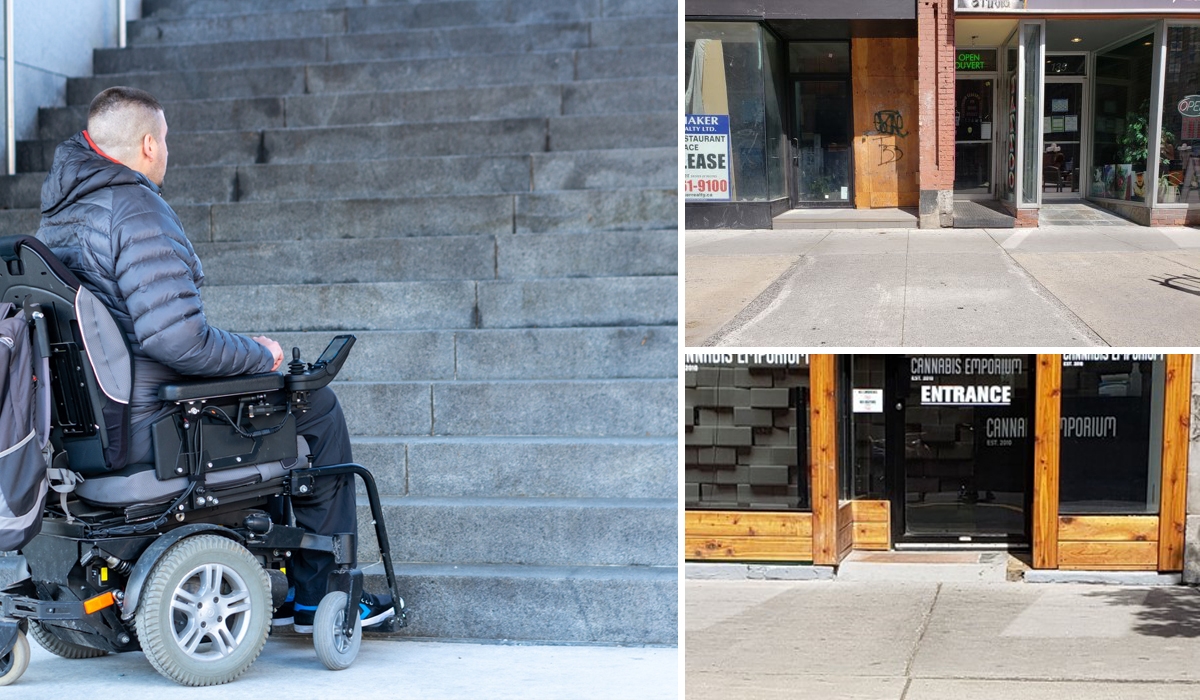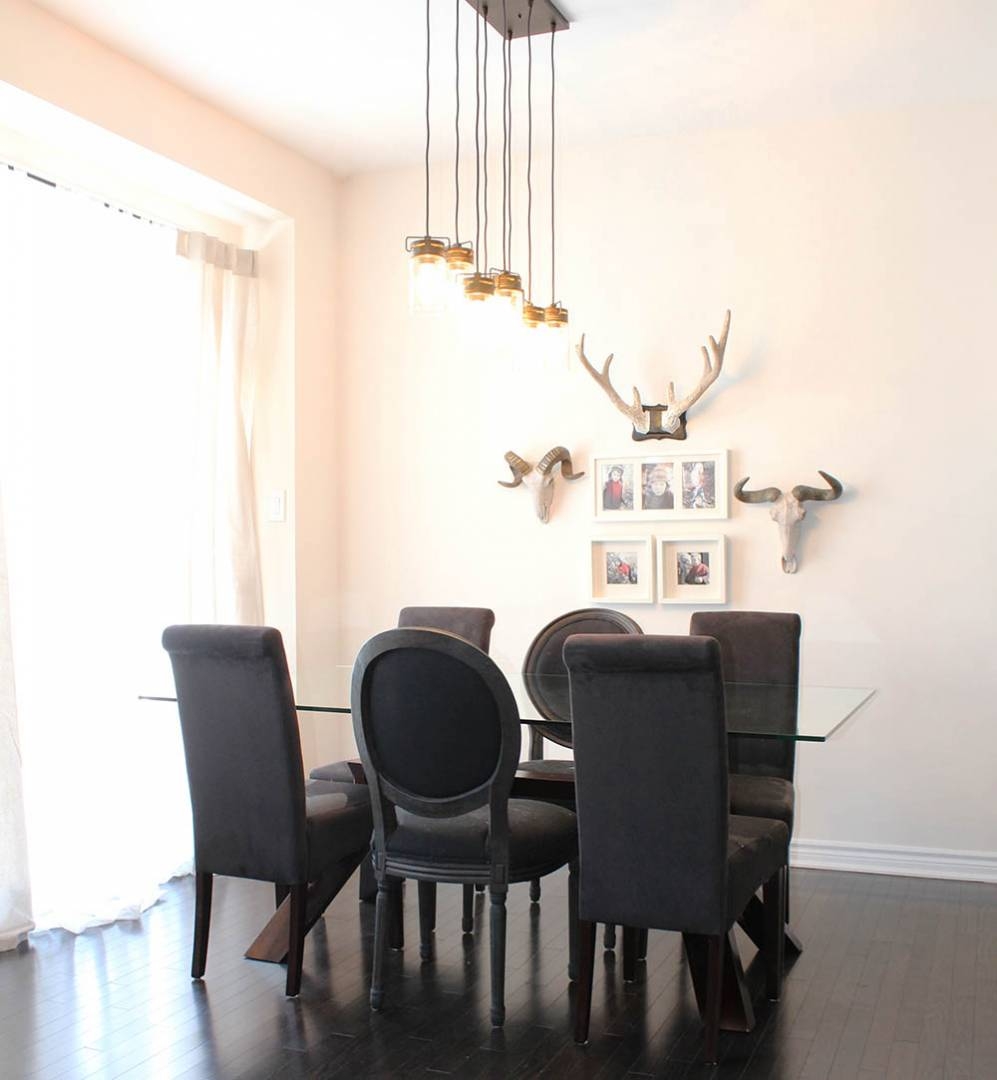
Becoming wheelchair accessible — some assembly NOT required
Above: Bank Street businesses that have integrated accessible entrances by creating a slopping incline from the sidewalk to the doorway.
When I was younger, most of my weekends consisted of going to bars and nightclubs. Ottawa’s long-time residents may remember such places as Grand Central, Zaphod Beeblebrox, On Tap, and RJ’s Boom Boom Saloon. As I got older, though, that part of my life faded away. Partly due to boredom, and those places closing, but also because Ottawa became less wheelchair accessible.
Unfortunately, many of those buildings are gone. Except for Lansdowne Park and a few other locations scattered across Ottawa, many bars and restaurants are in older buildings. The older the building, the harder it is to be wheelchair accessible. With that said, though, it’s not impossible.
For those of you that frequent Bank Street, particularly people using any type of mobility device, you may have noticed that some stores have been made wheelchair accessible by having their entrance integrated into the sidewalk, adding a slight incline. They replaced a would-be step and turned it into a ramp. In my opinion, these types of ramps are better than portable ramps for a few reasons.
One reason is that portable ramps can pose a safety hazard for customers and potentially to pedestrians outside. For that reason, many owners keep their ramp inside until a customer needs it. To me, it almost defeats the purpose of having a portable ramp, especially if there isn’t a sign outside indicating that they have a portable ramp. Without proper signage outside, a person using a wheelchair will roll on without knowing that the entrance is accessible. There goes another potential customer for the owner.
Another big reason why integrated ramps are better is that everybody can use them without needing extra help. I’ve been to places where there’s no staff available to get the ramp out. Either they’re busy with customers, or they’re in the back. Going to a store should never have to be a big deal just to get in. A non-disabled person can just walk in, so a person using a wheelchair should be able just to roll in. No assembly required.
Above, I mentioned the staff being at the back of the store, which brings me to my third reason. If you’re a person in a wheelchair sitting outside, how are you supposed to get a staff member’s attention to tell them to get the ramp? Some businesses have a buzzer on the outside to notify them, but what if you can’t reach the button?
In my case, I always have someone with me, but not every PWD (person with a disability) has that. The longer the customer has to wait around, especially outside during Winter, the less chance they return.
Ramps are a good option and sometimes all that it takes, but what if the business is in an older building or on a different floor?
For example, many buildings in the ByWard Market are designated as heritage sites, making it harder for the owner and landlord to install an elevator. Also, some landlords do not want to spend the money on upgrading their property, regardless of the age of the building.
Portable ramps still have their purpose, and when used properly, are good. The thing is, though, the more steps involved with becoming wheelchair accessible, the less likely that business owners will want to, and as it is, many choose not to be user friendly for everyone.
Before I end this latest edition, I just wanted to let all of you know that this column will now be appearing every week. A BIG thank you to Ottawa Life Magazine for giving me a space to write about issues that affect me and others in the PWD community. I’m grateful for the opportunity.
With that said, if anyone out there has any ideas for topics, please reach out to me through social media. I’m open to all suggestions. Please don’t be shy.
With your help, we can have a thought-provoking conversation while bringing more awareness towards people with disabilities and the challenges we face.
See you next week.
Photos: Disabled person in a wheelchair via Grejak, istock. Bank Street businesses courtesy Ryan Lythall.










